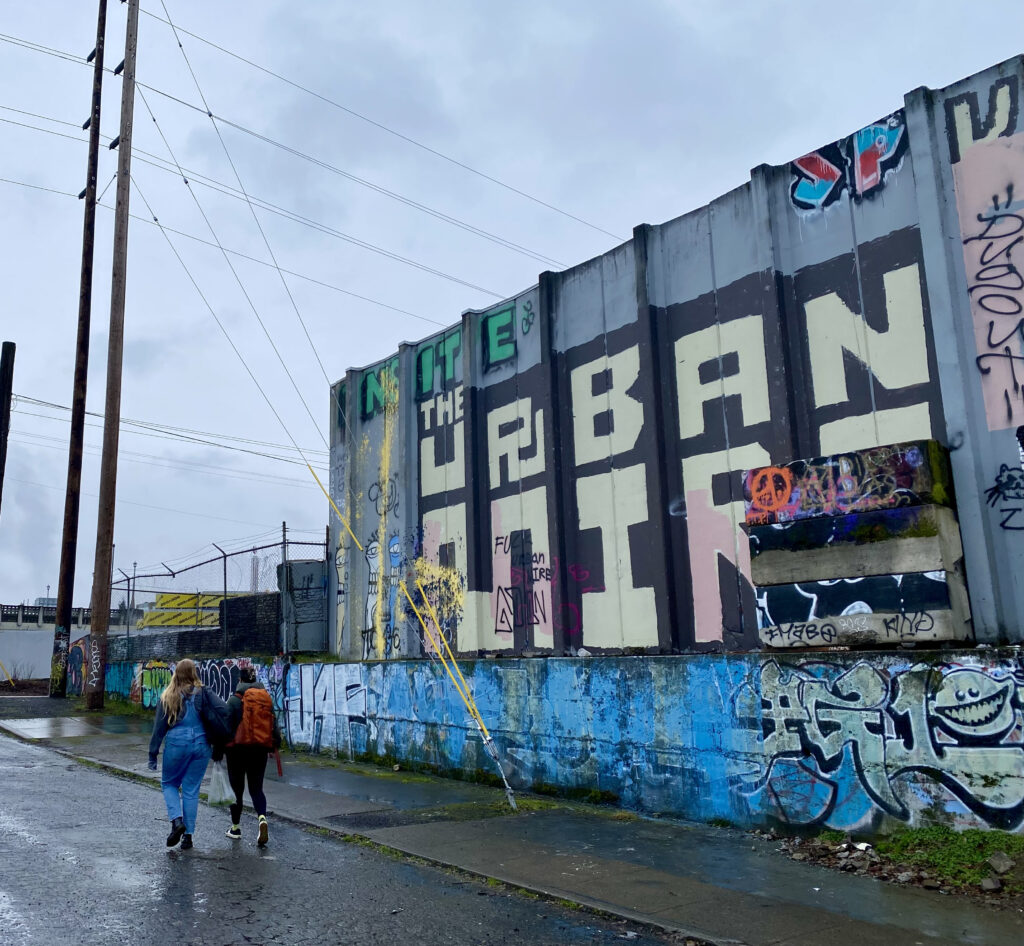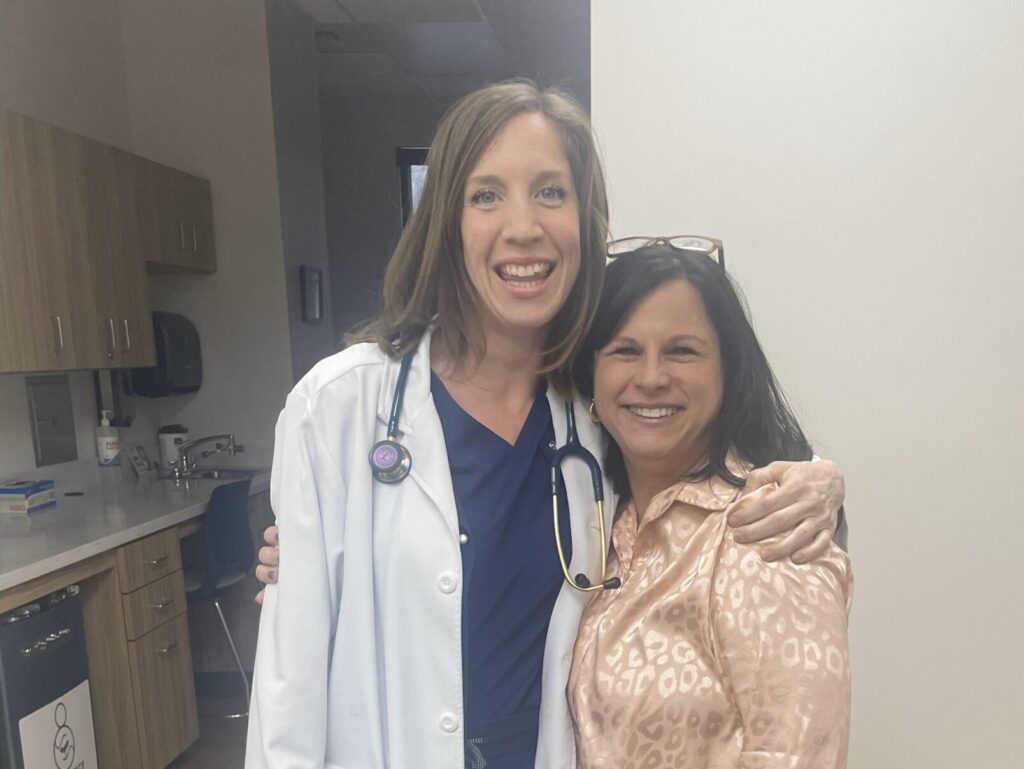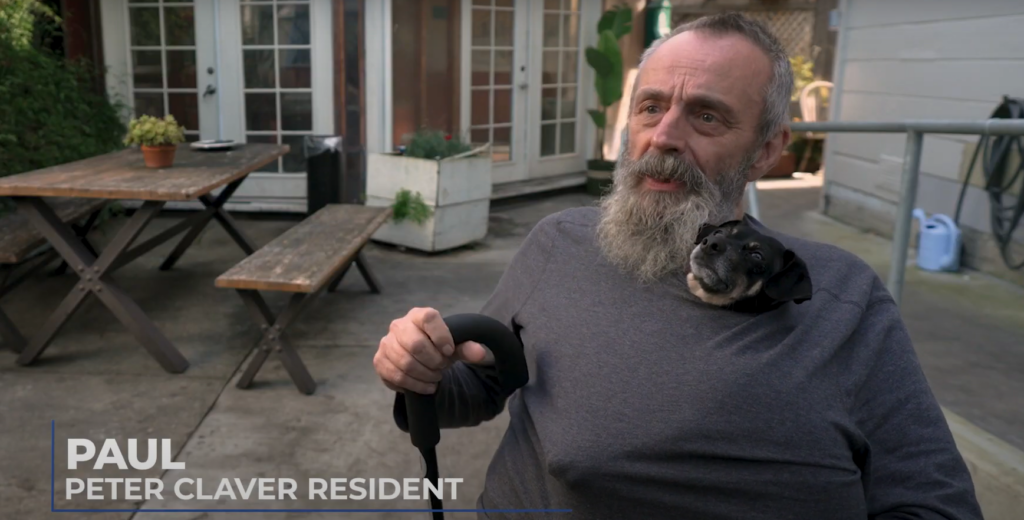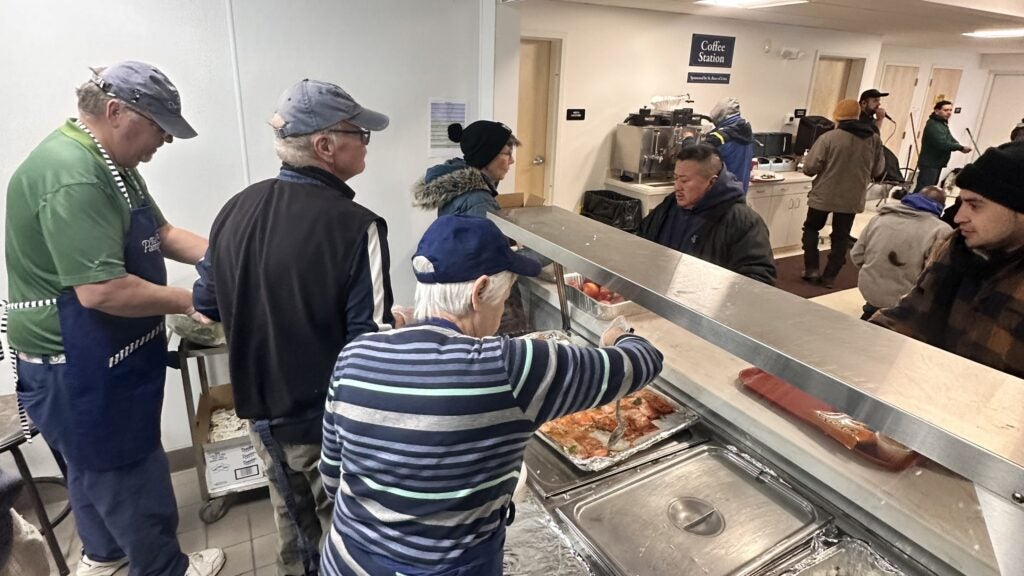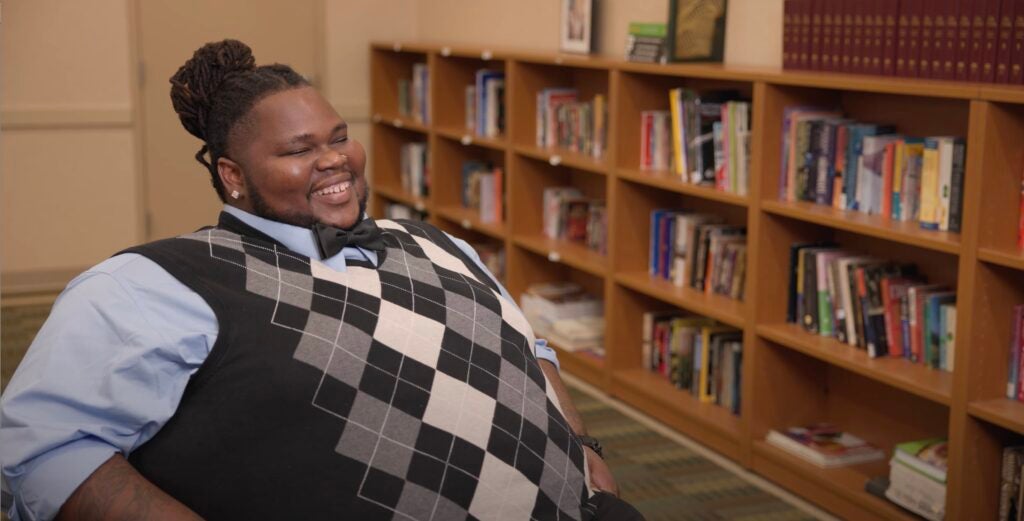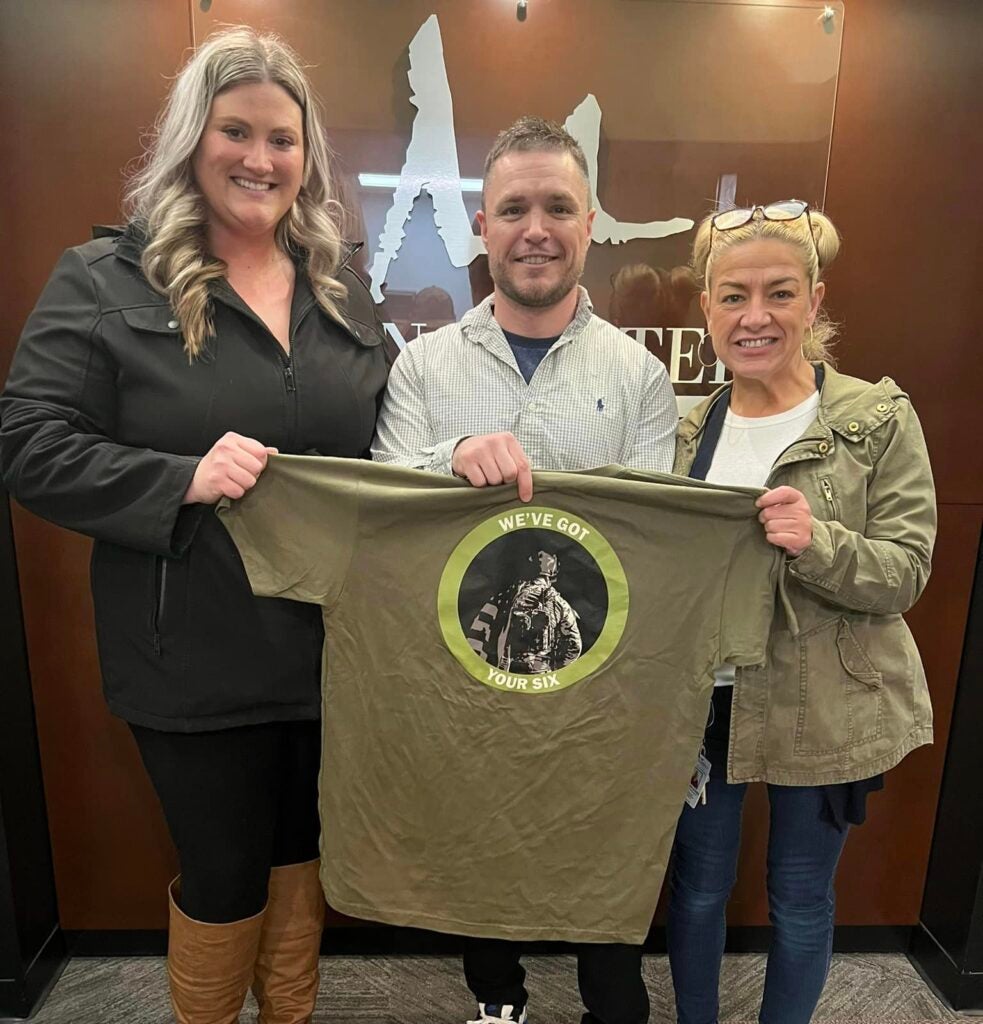
In New Orleans, celebrating one man’s journey out of homelessness
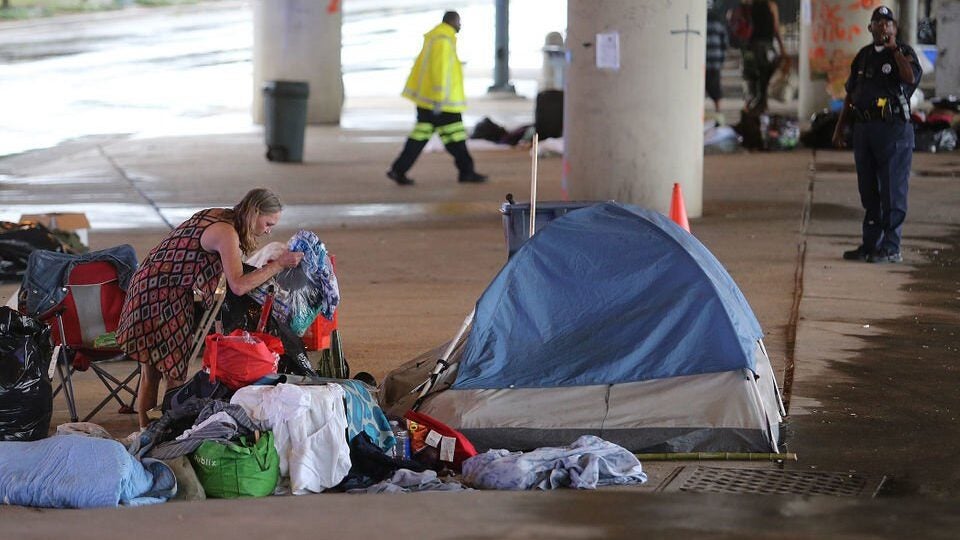
By Ben Wortham, Vice President of Behavioral Health Integration, CCUSA
In the six months before New Orleans Emergency Medical Services (EMS) referred Jose to Catholic Charities New Orleans (CCANO), he called 911 a total of 55 times, making him the service’s number-one caller. At 46, Jose was a jokester who spoke broken English and had been homeless in Miami and now New Orleans for the past 10 years. His health was failing—he had diabetes, high blood pressure, asthma and a bipolar disorder with co-occurring substance abuse. Jose had slowly been burning out staff at EMS, the New Orleans Police Department and University Medical Center (UMC) with his frequent interactions.
When CCANO staff first met Jose, he was living on the waterfront in New Orleans and refused to sign our consent forms for service. Nevertheless, we came back to visit him each week, just to sit and hang out. I would try to speak Spanish with him, but he usually didn’t understand what I was saying, and honestly, neither did I! We learned all about him—that he could not walk on his own, ate McDonald’s for most meals, had a daughter in New York and was blessed with an incredible group of homeless friends who had been taking care of him for years. He self-reported having many current girlfriends, although secretly I questioned where they might be hiding. To our amazement, his friends took and washed his clothes, brought him food and protected him when he slept. For years, he was able to live like this. But now, he was brought to the emergency room routinely, only to be discharged back out onto the streets, a vicious cycle we saw with Jose and other CCANO clients.
After a month of weekly visits and friendly interactions, Jose agreed to sign our consent forms, allowing us to start with a client-centered, personalized care plan, including a total of 26 different services to which we connected him. We brought him to a detox appointment and to primary and specialty care appointments. We kept his medications and met him every week on the waterfront to refill his pill box and give him food. The goal was to keep him alive as we worked to connect him to housing, health care and social services.
Over the course of the next year, we would pick Jose up in the van to take him to medical and social service appointments. It took multiple trips to the disability lawyer’s office, but finally he received a Social Security Income (SSI) payment of $733 each month. Shortly after that, he was placed into Permanent Supportive Housing (PSH).
Once Jose was housed, our team celebrated with him. The whole process took one year— an eternity for someone living on the streets. However, as our case management team learned, Jose was one of the lucky ones. Helping someone who is chronically homeless to qualify for PSH and receive Social Security Income often can take up to three years!
The easiest way to understand the critical importance of CCUSA’s Healthy Housing Initiative is through stories of Catholic Charities’ clients like Jose and the case managers who spend years working with them. Our team in New Orleans was always meeting resilient, smart, fascinating people, the majority of them homeless and mentally ill, with co-occurring disorders and untreated chronic conditions. Some, like Jose, had been homeless for more than 10 years, while others had recently fallen on hard times. Although all of the stories we heard were unique, there were three common denominators: the life-sustaining need for housing, health care and social services.
While my experience in New Orleans pre-dates the Healthy Housing Initiative, it exemplifies the fact that PSH remains a key solution for addressing the problems of America’s chronically homeless population, who are the sickest, most vulnerable among us. Like Jose, chronically homeless individuals living on the streets cannot just be placed into permanent housing. Housing must be combined with case management that focuses on medical and social supports. Keeping a client like Jose housed is exactly what the Healthy Housing model is set up to do.
I previously supervised a Permanent Supportive Housing building for 55 chronically homeless individuals, and members of our team and I know that someone who is chronically homeless cannot just be placed into an apartment and considered “good to go.” Jose didn’t just need housing.
He needed housing WITH healthcare and social supports, including a client-driven, individualized care plan. The care plan removed his barriers to quality housing, health care and social services. The care plan emphasized medical services, making sure Jose had health insurance, saw his primary care provider regularly and had access to medications. The case management team gave him rides to doctor’s appointments and even attended with him. Our team at CCANO learned that when we attended doctor’s appointments with clients like Jose, general communication between client and physician improved, and the client felt empowered to ask more questions about their health care. Often, the client would report being treated better by the physician when the case manager attended the appointment with them.
In closing, it should be noted that Jose used the emergency department 49 times and was hospitalized six times in the six months prior to moving into PSH. These are staggering numbers but not uncommon for a chronically homeless person; people like Jose are oftentimes referred to in the healthcare system as “super-utilizers.” As we learned from a medical director of one the Medicaid plans in Louisiana, a super-utilizer on average costs $60,000 dollars annually to Medicaid. Jose was driving up the average when he was on the streets. Six months after the PSH intervention, Jose’s health improved dramatically. In those months, he used the emergency department only six times and was not hospitalized even once. That’s 43 fewer emergency department visits over the first six months after receiving housing and supportive services!
The chief emergency department physician at UMC did a study for CCANO on 18 Catholic Charities’ clients, including Jose. The findings showed an average annual cost to the hospital, per client, of $41,772. Her findings also showed that after six months of clients receiving the intervention of housing, health care and social services, the cost to the hospital went down to $10,118, a cost savings of $31,654 per client! These numbers reflect the potential impact of HHI and other efforts like it: the humane, dignified stabilization of our most vulnerable population in a way that provides tremendous benefit to hospital systems.
For more information on the full-breadth of CCANO’s programs and services, please visit www.ccano.org.
